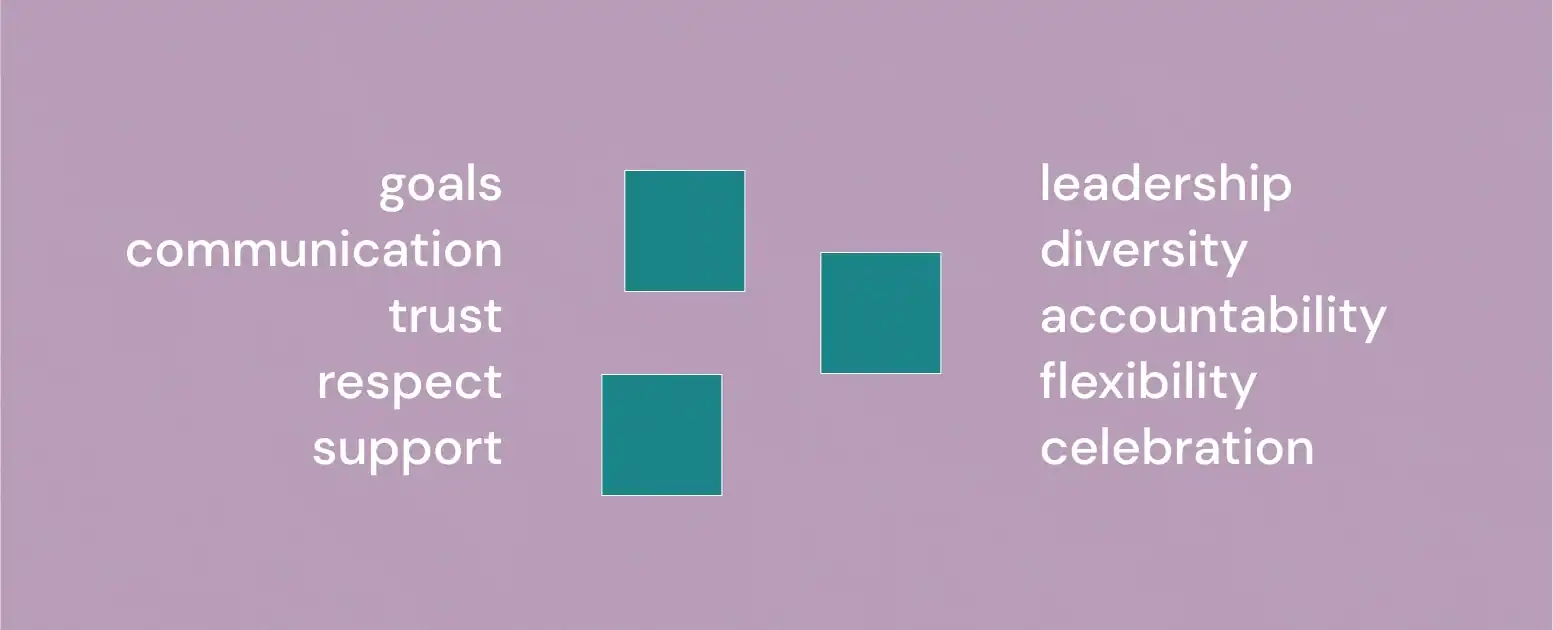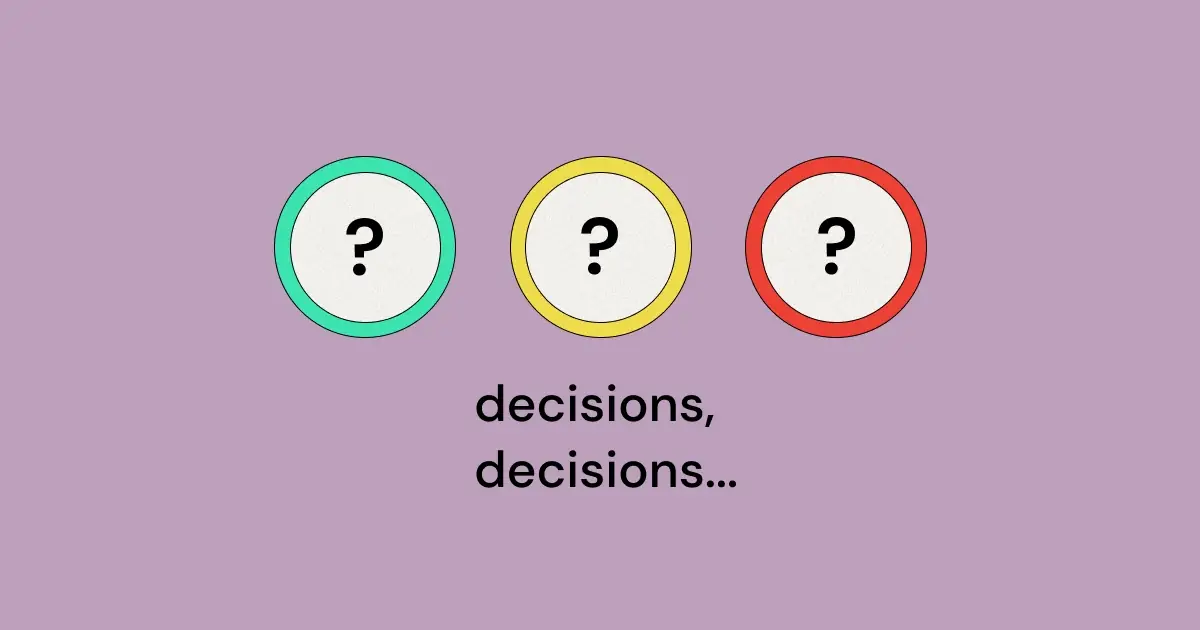In today's fast-paced and ever-evolving digital landscape, effective leadership is more important than ever. The rapid shift to remote work, globalization, and the ubiquity of technology have changed how teams communicate and collaborate in the digital age workplace. As a result, the ability to navigate these new challenges has become a defining factor that separates good leaders from great ones. Great leaders not only recognize the importance of adapting to the digital age, but they also embrace the opportunities it presents to enhance communication, foster collaboration, and inspire their teams. Put simply: communication styles in leadership need to match communication in the digital age workplace.
Want to benchmark your team's communication? Check out TeamVitals, our free team health score, and discover your team's level of transparency and alignment.
In this blog post, we will delve into the crucial role that communication plays in the digital age, and how mastering this skill can elevate a good leader to greatness. Join us as we explore the nuances of digital communication and uncover the secrets to leading your team to success in this brave new world.
Welcome to the Communication Revolution
The digital communication revolution has had a transformative impact on team dynamics in the workplace, reshaping the way they collaborate, communicate, and operate. As technological advancements have given rise to tools such as instant messaging, always-available texting, and video conferencing, team dynamics have been significantly altered, often resulting in increased flexibility and efficiency. Remote work has become increasingly popular, enabling organizations to tap into global talent and bridge geographical boundaries.
Consequently, this shift has necessitated the development of new leadership strategies and communication skills to effectively manage dispersed teams. Embracing these changes has led to an upsurge in innovation and productivity, as employees are empowered to contribute from anywhere, at any time. In the midst of this digital revolution, it has become increasingly important for leaders to adapt and develop new approaches to foster collaboration, engagement, and success within their teams.
{{inline-cta}}
Essential communication skills for great leaders in the digital age
In the digital age, great leaders must possess a range of essential communication skills to effectively manage and inspire their teams. Active listening and empathy are crucial for understanding the needs, concerns, and perspectives of team members, ensuring they feel heard and valued - especially when fewer team and 1-on-1 interactions are taking place in person. Emotional intelligence enables leaders to interpret non-verbal cues and manage team dynamics, even in virtual settings.
Looking for an agenda to hold your weekly 1-on-1 meeting? Check out our free 1-on-1 meeting agenda template.
Clarity and conciseness in both written and verbal communication help convey messages effectively, while minimizing the risk of misunderstandings. They also translate naturally to the asynchronous ways that many distributed teams now collaborate, with people being able to rapidly understand their teammates' inputs without needing a live conversation. Adaptability is also key, as leaders must be comfortable using various, and ever-changing, digital platforms to engage with their teams and accommodate different communication preferences.
Finally, trust-building is indispensable, as it helps establish a strong rapport within the team, fostering a culture of collaboration, innovation, and high performance.
Real-life examples of great leadership in the digital age
Great leadership in the digital age can be observed in various industries and organizations, as leaders successfully navigate the challenges and opportunities presented by technology. These examples range from cutting edge technology companies that were "born digital," all the way to 100+ year old institutions that have survived many technological transitions.
One notable example is Satya Nadella, the CEO of Microsoft, who has been instrumental in fostering a growth mindset and reinvigorating the company's culture through effective communication and collaboration.
Another example is Mary Barra, CEO of General Motors, who has embraced digital transformation and encouraged innovation by prioritizing open communication channels and empowering employees to contribute ideas.
In the realm of remote work, companies like Basecamp and GitLab have demonstrated exceptional leadership by effectively managing distributed teams and maintaining high levels of productivity and engagement.
What's the common thread? These leaders understand the importance of leveraging digital tools to maintain strong connections with their teams, even when working remotely.
If you're looking to level up your team's communication, check out our proven strategies for improving communication in teams!
Such real-life examples underscore the significance of adaptability, communication, and embracing the digital landscape in order to lead teams and organizations to success.
How to develop effective digital communication skills
Developing effective digital communication skills is essential for success in the modern workplace. To begin, focus on improving your written communication by practicing clarity, conciseness, and proper formatting in emails, instant messages, and other digital formats. Embrace the use of digital tools and platforms, such as video conferencing and project management software, to enhance collaboration and communication with your team.
Active listening and empathy are crucial in digital interactions, as they help build rapport and understanding among team members, despite physical distance. The directing communication style that may have worked 20 years ago simply doesn't cut it anymore. Cultivate emotional intelligence to interpret and respond to non-verbal cues in virtual settings, such as tone of voice and body language during video calls. And to navigate cultural differences in a globalized workplace, it is essential to approach communication with cultural sensitivity and an open mindset, taking the time to learn about and understand the diverse backgrounds and perspectives of your colleagues.
Looking to improve your team's communication? Check out 10 effective communication team building activities!
There's no "one size fits all" communication pattern for every team. Great leaders have to flex their styles to match the needs of the teams they are leading. Invest in understanding your team's communication styles and strengths to lead them to greatness. Consider having your team take a team personality test like TeamDynamics, which quantitatively assesses how your team communicates and collaborates to get work done. This communication styles assessment will help you define your team's communication patterns, ultimately informing how to best communicate with your team.
Lastly, continually seek feedback from colleagues and supervisors on your digital communication, and invest time in training and professional development to stay up-to-date with the latest best practices and tools.
The impact of great communication on team performance
Great communication has a profound impact on team performance in the modern workplace, driving a multitude of benefits for organizations and employees alike. Effective communication fosters a culture of collaboration and innovation, as team members feel empowered to share their ideas and contribute to problem-solving.
With clear and concise communication, misunderstandings are minimized, reducing the potential for conflict and wasted time. Furthermore, strong communication skills help build trust and rapport within teams, leading to increased engagement and job satisfaction. High levels of engagement, in turn, have been linked to increased productivity and overall team performance.
Ultimately, great communication in the modern workplace lays the foundation for a thriving work environment, where team members can excel and contribute to the success of their organizations.
Conclusion
Communication in the digital age is a vital skill that distinguishes good leaders from great ones, as they navigate the unique challenges and opportunities presented by technology and remote work. By embracing digital tools and honing essential communication skills, great leaders can inspire their teams, drive innovation, and foster a culture of high performance.
The digital age demands leaders who are adaptive, forward-thinking, and exceptional communicators, ultimately setting the stage for long-term success in our ever-evolving world. Great communication is the key to success, and understanding your team's strengths and weaknesses is essential. Don't be a relic of the past – embrace the future and lead your team to greatness in the digital age.




.png)










































